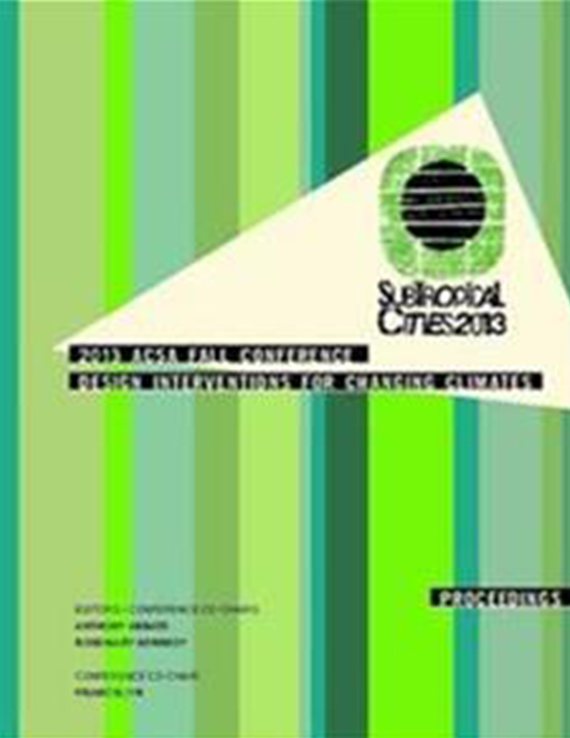Author(s): Eric Firley
On a global scale, natural disasters, ecological threats and densification needs are not altogether new phenomena. What is new, is the intensification of the issue and its propagation to the affluent western world. Interestingly, this happens at the same time as the economic, social and financial dominance of this western world is challenged, many former dependent states and colonies experiencing a final push for economic, but also intellectual emancipation. Such tendencies can also be perceived in the field of architecture, and today, the US or Europe seem as much influenced by new concepts or adapted re-imports from the Middle or Far East, as is the case vice versa. For « us », the developed countries, – over decades used to dictate trends from a comfortable position of abundance and stability -, globalization has changed the paradigm of how new concepts arise and flourish, ultimately much more than for the developing world. The aim is an understanding of that functioning and a reappraisal of – in the double-sense – foreign experiences and conceptual potpourris as a design development method. The question should hence be discussed, if these methods – partly caused by political pressures or chronic lack of resources – could help improve our own built environment’s ecological performance and resilience.The authors, an urban designer and a specialized engineer, decided to narrow the case to the high-rise building, and to implement a comparative study between the port cities Miami and Singapore, both situated in a (semi-)tropical climate and therefore experiencing similar conditions and demands. Even economically and culturally, despite the Asian city-state’s far higher productivity and recent colonial past, both places share common features, may it be the importance of the tourist sector, the population’s extreme diversity, the gateway character, or the cities’ young age and remarkable speed of development. The latter point is of specific scientific interest, providing comparably easy research conditions, in which the major development flows and disruptions, as much as socio-political influences and international architectural exchanges can still be retraced. The choice of the residential tower typology as a fairly recent architectural invention further accentuates this tendency towards parametric isolation, still symbolizing – for the good or for the bad – a break with traditional and vernacular construction knowledge. However, the main reason for the focus on tall buildings is the (alleged) ecological advantage of densification, a claim that is still contested, but aggressively marketed in the case of Singapore. What stands behind this new generation of « green towers », and how does it compare to the simultaneous development of its Floridian counterpart? Is there a lesson to be learned from the fact that the above-mentioned ecological issues had an earlier impact on Singapore’s planning history? Do governance questions really matter, or are the occurrences of neoliberal urbanism everywhere the same? What are the major typological differences in the use of high-rise, and why is the Miami-case more often confronted to Dubai, Vancouver and Hong Kong, than to its tropical sister?
Volume Editors
Anthony Abbate, Francis Lyn & Rosemary Kennedy
ISBN
978-0-935502-90-9

 Study Architecture
Study Architecture  ProPEL
ProPEL 
